Az esővízkezelés kiemelt fontossággal bír a városi területeken, és Barcelona sem kivétel ez alól. A LIFE Városi Eső projekt résztvevői egy városlátogatás keretében ismerkedhettek meg a spanyol városban alkalmazott megoldásokkal.
Barcelona városa gazdag történelmi és kulturális örökséggel rendelkezik, ugyanakkor számos olyan kihívással szembesül, amelyek a város elmúlt harminc évében tapasztalt ugrásszerű fejlődésével és növekedésével járnak együtt. Az intenzív csapadék és az esővíz elvezetésének problémái gyakoriak Barcelonában, éppen ezért a városvezetők innovatív módszereket alkalmaznak a fenntartható esővízkezelésre. Ebben a cikkben megvizsgáljuk Barcelonában az esővízkezeléssel kapcsolatos fő problémákat, a város által alkalmazott megoldásokat és a fenntartható esővízkezelés egyik kulcsfontosságú eszközét, a fenntartható vízkezelési rendszereket (SuDS).
Barcelona és az esővíz
Csakúgy, mint Budapest esetében, Barcelonánál is a klímaváltozás kétféle kihívással állítja szembe azokat, akik az esővízkezeléssel foglalkoznak: a csapadék eloszlása kiszámíthatatlanná vált az elmúlt évek során, több hónapnyi aszályt hatalmas mennyiségű, hirtelen lezúduló záporok követnek.
2023-ban Spanyolország az elmúlt évtizedek legaszályosabb időszakát éli át éppen, a miniszterelnük, Pedro Sánchez pedig úgy nyilatkozott, hogy „az aszály országunk számára az elkövetkező években az egyik központi politikai és területi vita témája lesz.” Éppen ezért az esővíz megfelelő kezelése és minél hatékonyabb megtartása alapvető fontosságúvá vált mind Spanyolországban, azon belül pedig Barcelonában is.
Barcelona számokban az esővízkezelés tükrében
-
- A csatornarendszer 1648 km hosszú
- évente 115 m3 víz halad át a hálózaton
- 1540000 városlakót és a 98 négyzetkilométeren elhelyezkedő kereskedelmi és ipari létesítményeket szolgálja ki
- voltak már olyan heves esőzések, hogy az éves csapadék 40%-a 2-3 nap alatt hullott le
- a város fentebbi részei akár 40%-os emelkedőt is jelentenek
- a zöldterületek az esővíznek akár 70%-át is áteresztik, míg az utak és járdák csupán az 5%-át
- további vízkezelő infrastruktúrák: 40000 m kút, 60000 m ereszcsatorna, mintegy 391200 köbméter esővizes ciszterna
Innovatív megoldások: fenntartható vízelvezető rendszerek (SuDS)
A hagyományos csatornarendszerek önmagukban nem tudják megfelelően elvezetni az esővizet, az aszály miatt pedig az esővíz elvezetése mellett egyre inkább a visszatartáson, illetve az újrafelhasználáson van a hangsúly. Ennek érdekében a barcelonai önkormányzat számos innovatív megoldást alkalmaz, amelyeket egy integrált rendszerben, az úgynevezett SuDsokban kezel.
A fenntartható vízelvezető rendszerek (SuDS) olyan megoldások, amelyek a csapadékvizet a lehető legközelebb a forrásához kezelik, hogy utánozzák a természetes vízelvezetést, és elősegítsék annak beszivárgását, lassítását és passzív kezelését. (További infó ebben a cikkünkben)
A fenntartható vízkezelési rendszerek (SuDS) olyan tervezési megoldások, amelyek célja az esővíz fenntartható kezelése a természetes tájba illeszkedve. A SuDS lehetővé teszi az esővíz természetes úton történő elnyelését, tárolását és lassú kifolyását, ezzel csökkentve a vízelvezetés sebességét és minimalizálva az árvizek kockázatát.
Az egyik fő megoldás a városi zöld infrastruktúra fejlesztése. Barcelona ösztönzi a zöld tetők, vertikális kertek és parkok telepítését a városi területeken. Az esőkertek mellett ökológiailag is értékes területeket alakítottak ki, például mesterséges tavakat és mocsarakat, melyek szintén segítenek a csapadék természetes úton történő felszívásában és szűrésében.
Fentiek kiegészítéseként Barcelona esővízgyűjtő rendszereket telepít a közterületeken és az épületeken. Az esővízgyűjtő rendszerek segítségével a csapadékot összegyűjtik és újrahasznosítják különböző célokra, például az öntözésre vagy a mosásra. Ezáltal csökken a városi vízfogyasztás, és javul az esővíz hasznosítása.
A SuDS-ok alkalmazása Barcelonában nem csak a vízkezelésre korlátozódik, hanem a város élhetőségére is pozitív hatással van. A zöld területek növelik a városi biodiverzitást, javítják a levegő minőségét és hűsítő hatást gyakorolnak a városi hőmérsékletre.
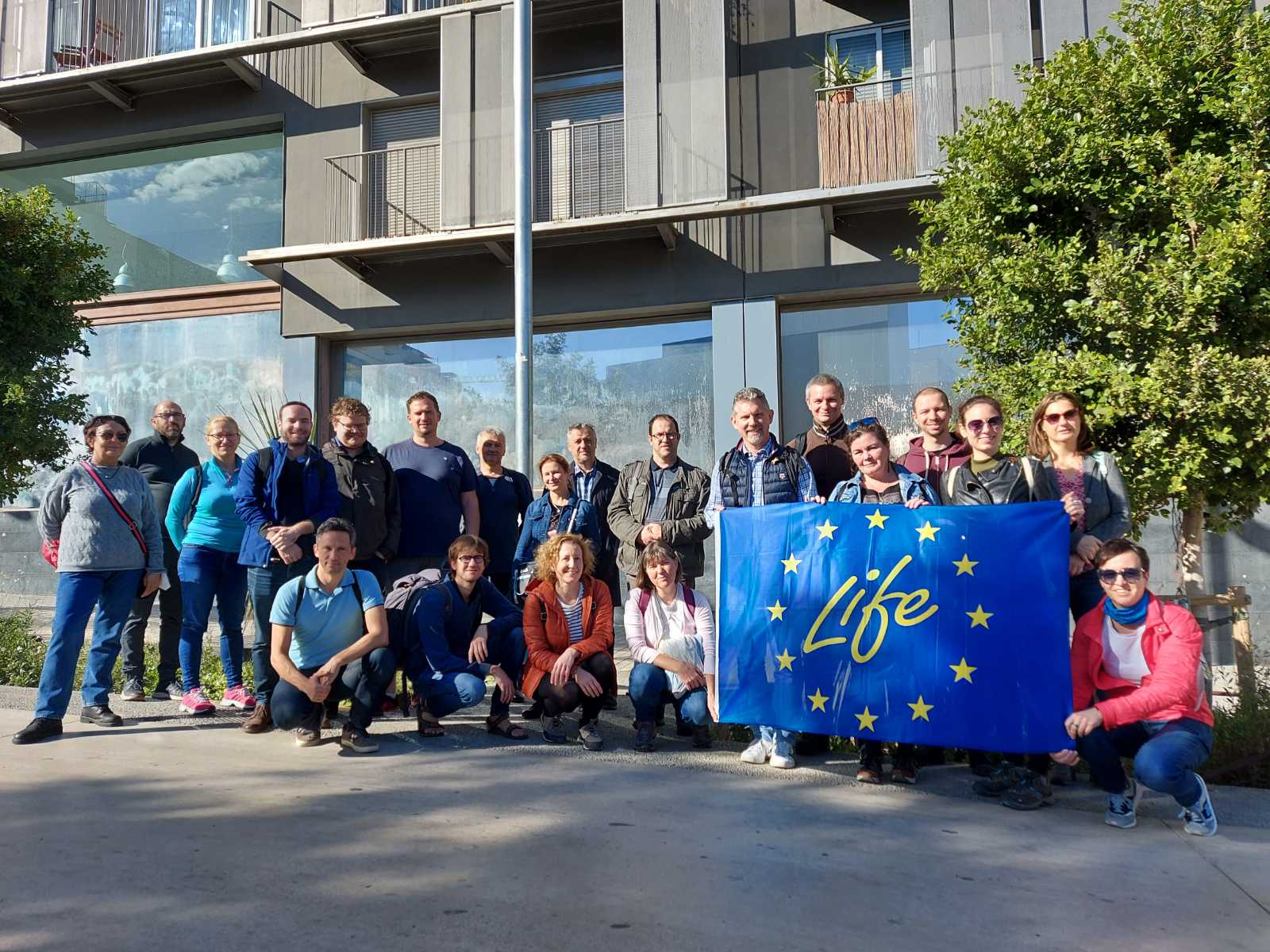


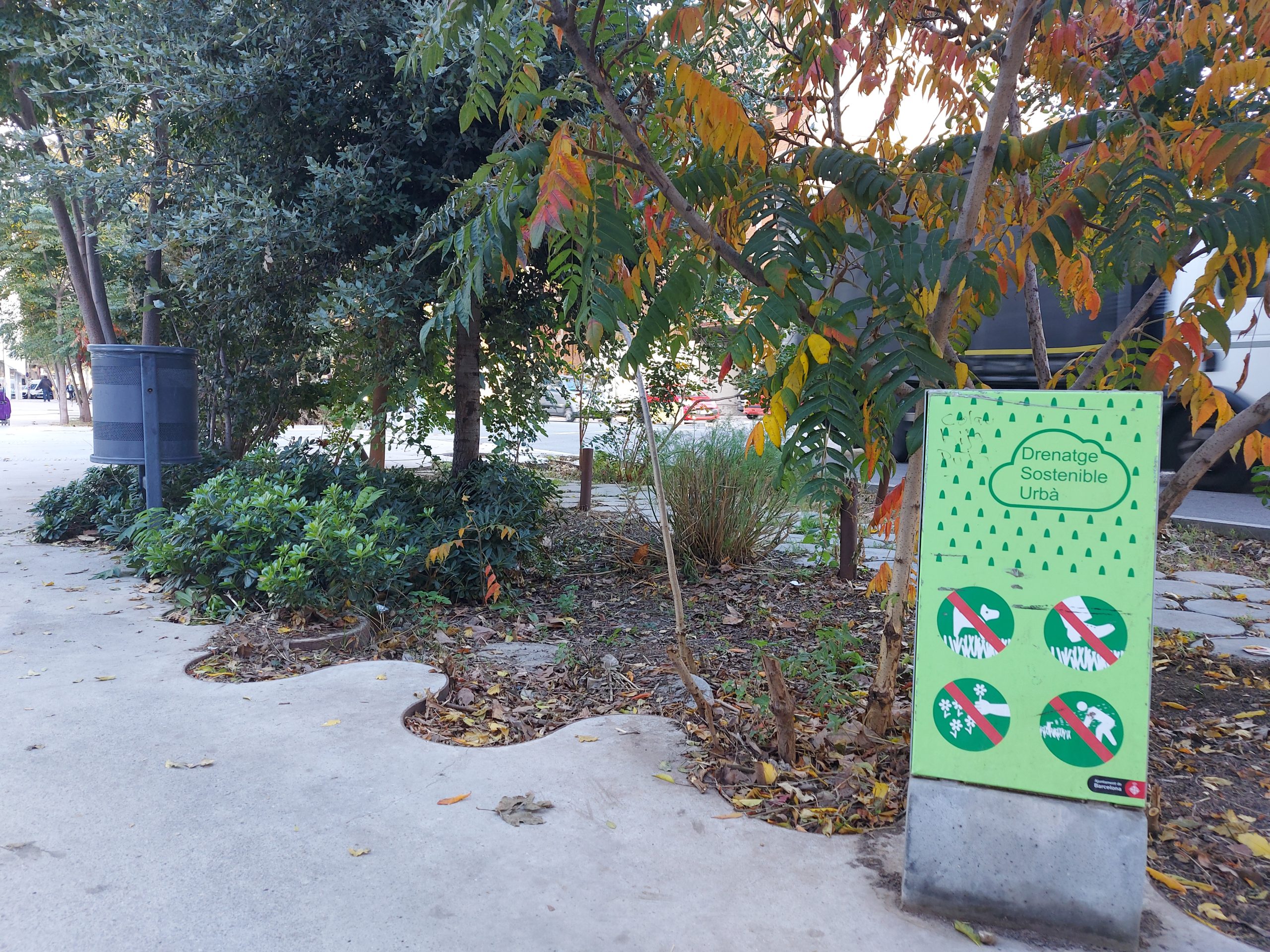
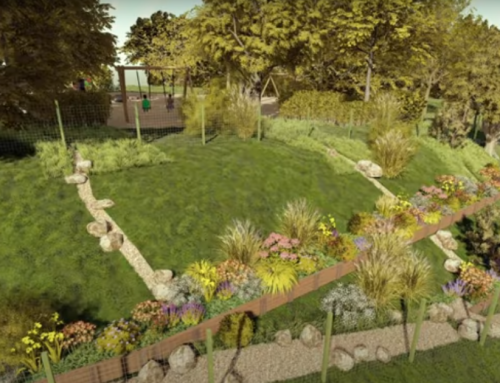
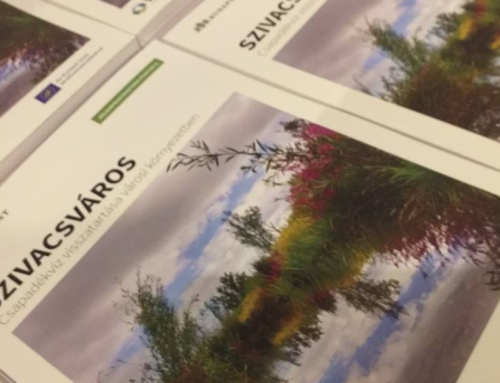
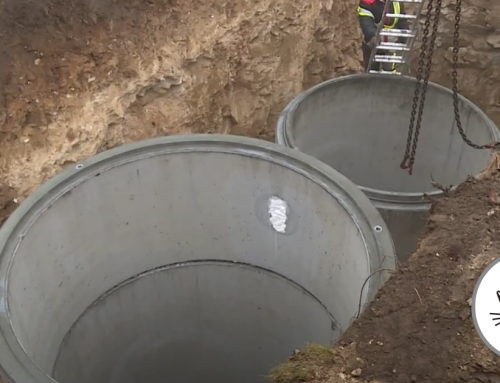
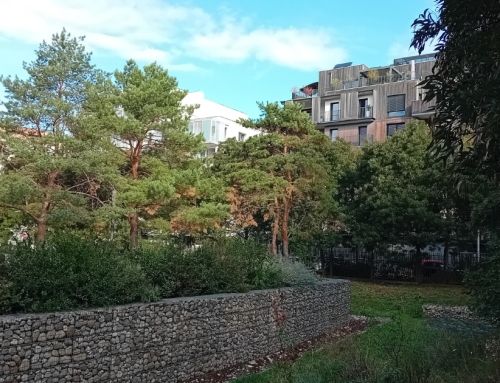
Hagyj üzenetet